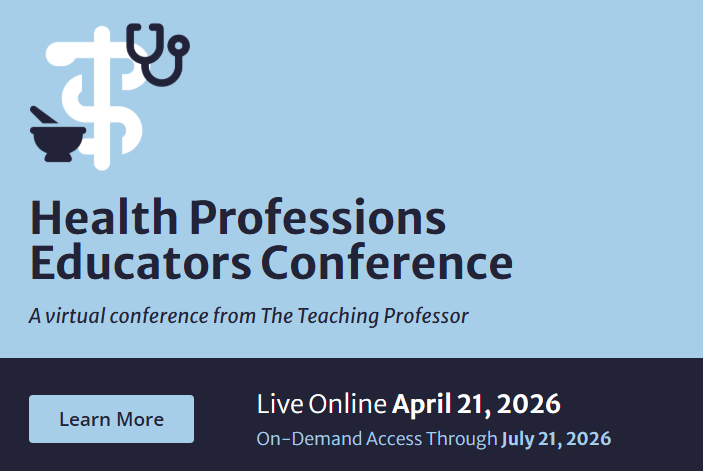Assessing Critical Thinking Skills
The guidelines suggested below propose how critical thinking skills can be assessed “scientifically” in psychology courses and programs. The authors begin by noting something about psychology faculty that is true of faculty in many other disciplines, which makes this article relevant to a much larger audience. “The reluctance of psychologists to assess the critical thinking (CT) of their students seems particularly ironic given that so many endorse CT as an outcome…” (p. 5) Their goal then is to offer “practical guidelines for collecting high-quality LOA (learning outcome assessment) data that can provide a scientific basis for improving CT instruction.” (p. 5) The guidelines are relevant to individual courses as well as collections of courses that comprise degree programs. Most are relevant to courses or programs in many disciplines; others are easily made so.



